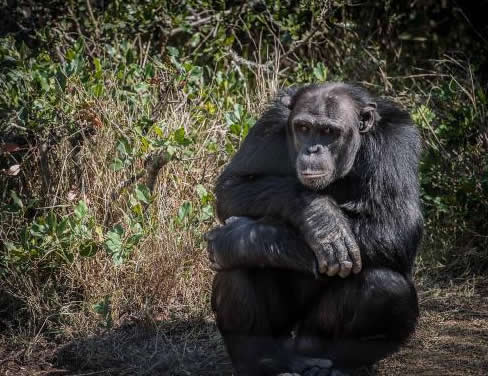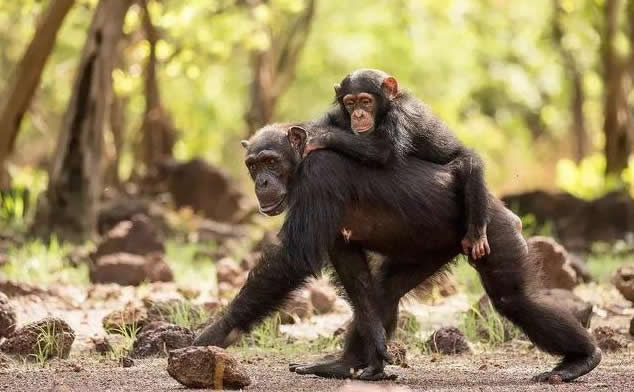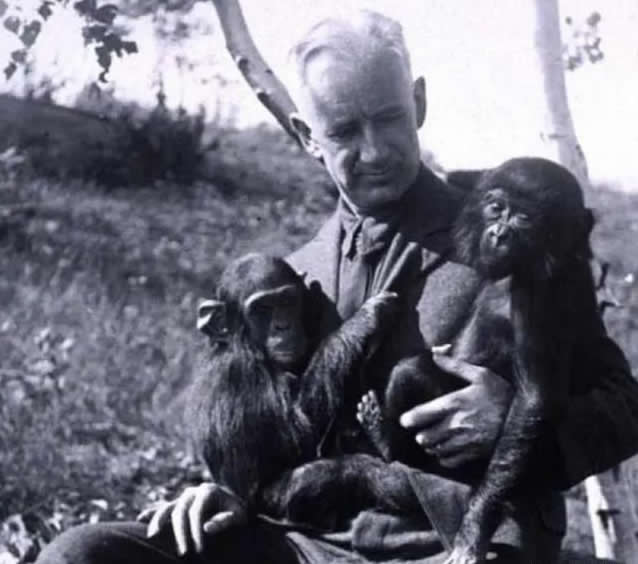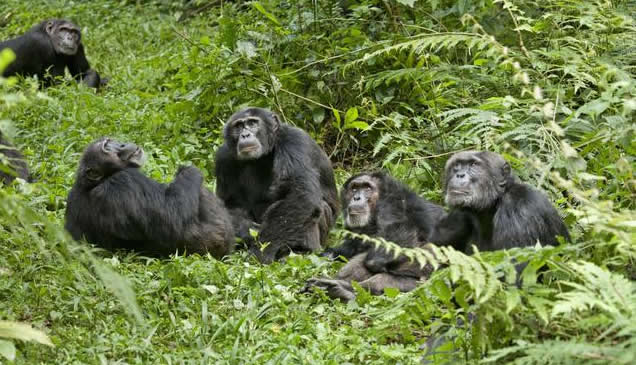According to evolutionary theory, humans originated from forest archaeopteryx about 20 million years ago. Over 20 million years ago these forest archaeopteryx lived mainly in the trees, but as the environment changed, some forests disappeared. With the degradation and disappearance of the forests, these forest apes had to move to the ground to live. Over a long period of time, the forest archaeopteryx slowly evolved into humans and other primates, with humans and chimpanzees beginning to separate on the evolutionary path around 6-7 million years ago. As they went their separate ways, humans became reproductively isolated from these primates, meaning that they were unable to bond in their natural state. Despite this, some scientists have attempted to conduct chimpanzee hybrid experiments to see if humans and these chimpanzees can still bond.

Crossbreeding experiments with chimpanzees
According to evolutionary theory, chimpanzees are "Close relatives" To humans, with 98.7% similarity in dna, although the 1.3% difference between chimpanzees and humans is very different, in terms of size and appearance. Hairy. With extremely high genetic similarity and large differences in appearance, what are the results of chimpanzee hybridisation experiments?

A soviet scientist, named ilya ivanovich ivanov, who was a good student and did well from an early age, was very interested in artificial insemination and was the founder of artificial insemination technology for domestic animals. As agriculture in the soviet union was backward and there was a shortage of labour in those days, ivanov wanted to produce livestock by artificial insemination that could fulfil a high intensity workforce. In addition to this, he conducted experiments on crossbreeding between humans and primates.

At the beginning of this experiment, he tried to fertilise female chimpanzees using human sperm, but this experiment did not work. Despite this failure, ivanov did not give up and changed his approach by organising some female volunteers for a new experiment. As unbelievable as it seemed, five female volunteers offered to take part in the experiment and give their lives to science. However, the experiment did not eventually go ahead because the last male chimpanzee on ivanov's hands died and, together with his exile, the hybrid experiment was not carried out.

Even if this one experiment had gone ahead, it would not have produced the expected results. Because chimpanzees and humans are different species in their own right, we humans have 46 chromosomes while chimpanzees have 48 chromosomes and there is reproductive isolation that makes it impossible to complete the union and produce offspring.

Can chimpanzee blood be transfused into humans?
Since humans and chimpanzees are reproductively isolated and cannot bond, can we transfuse chimpanzee blood into us humans? The transfusion of animal blood into humans is known as 'xenotransfusion', and there have been historical attempts to transfuse animal blood into humans, including one in 1667 when sheep blood was transfused into humans to cure a disease.

Although humans share 98.7% dna similarity with chimpanzees, and chimpanzees have the same abo blood type as us humans, they have long since parted ways with chimpanzees during human evolution, with less genetic similarity and less compatibility between blood. Therefore, transfusing chimpanzee blood into humans would be a risky venture, and the immune system's reaction to rejection would be significant. Most importantly, chimpanzees have many bacteria and viruses in their bodies themselves, and there may be unknown risks if chimpanzee blood is transfused to us.